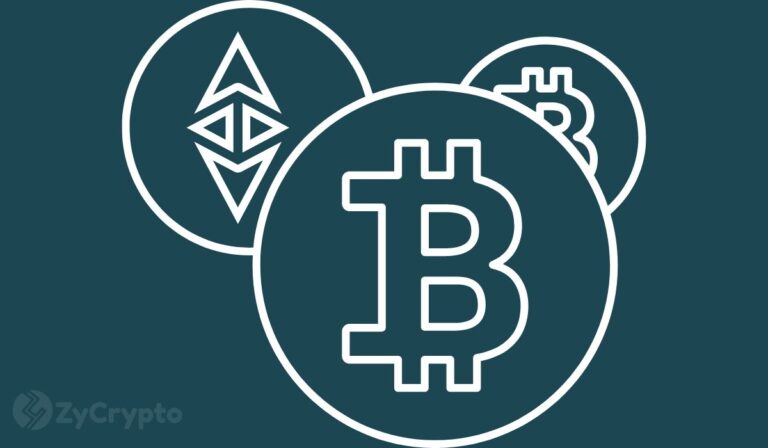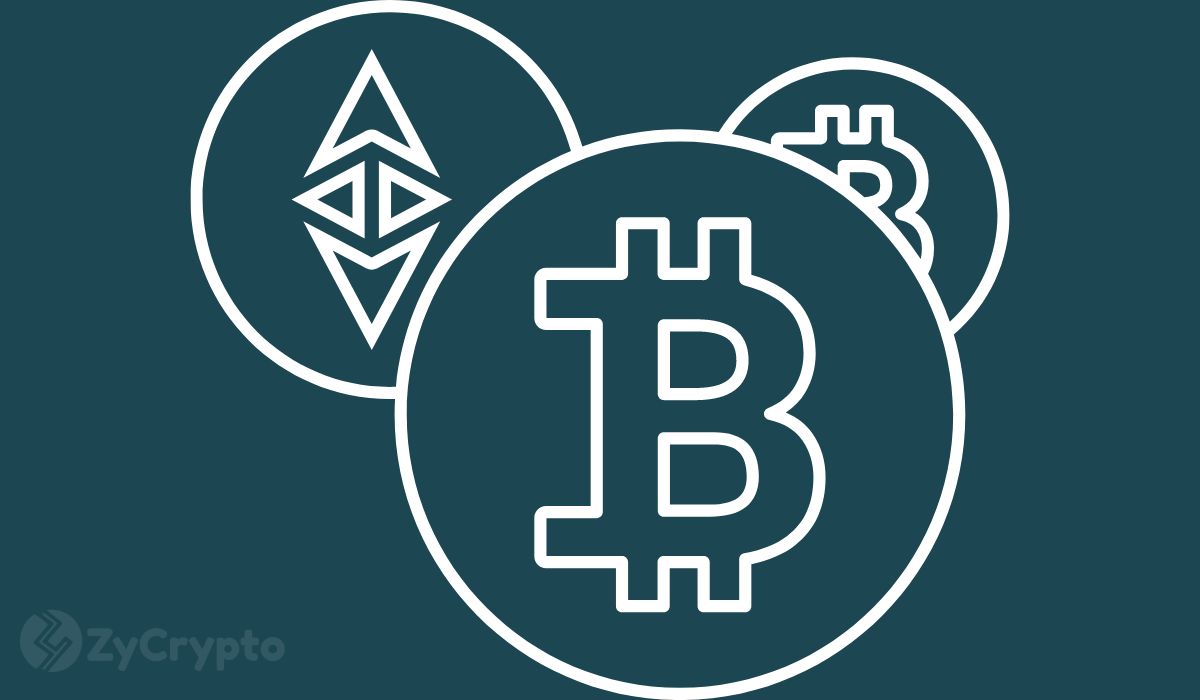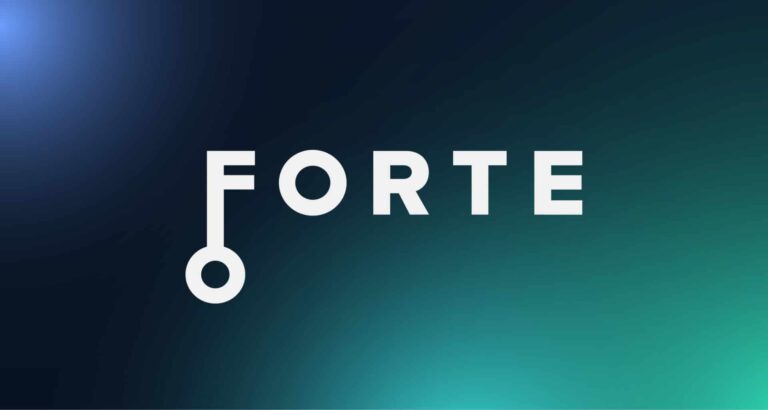In a latest announcement, FTX and its affiliated debtors have revealed that its Court-approved Chapter 11 Plan of Reorganization will become effective on January 3, 2025.
First Distribution To Occur Within 60 Days
The first distribution is expected to occur within 60 days of the Effective Date. The Initial Distribution is limited to the Plan’s Convenience Classes. Separate record and payment dates for other classes of claims will be announced in due course.
John J. Ray III, Chief Executive Officer of the FTX Debtors noted: “For the past two years, our team of professionals have meticulously and efficiently worked to recover billions of dollars to reach this point.”
“The Plan becoming effective in January 2025 and the start of distributions are reflections of the outstanding success of the recovery efforts. We are well positioned to begin executing the distribution of recoveries back to all customers and creditors, and encourage customers to complete the necessary steps to begin receiving distributions in a timely manner,” he added.
Kraken and BitGo To Assist In Recoveries
FTX also disclosed that it has entered into agreements with two companies to assist in distributing recoveries to both retail and institutional customers and other creditors in supported jurisdictions. The crypto exchanges Kraken and BitGo will facilitate recoveries to eligible creditors.
Customers and creditors with allowed claims will receive payments either in cash or stablecoins, depending on individual preferences and jurisdictional guidelines.
Notably, Kraken has previously assisted in similar cases, including creditor payouts related to the Mt. Gox bankruptcy. Kraken expressed, “We are proud to support this distribution process, leveraging our experience in asset recovery and distribution.”
BitGo emphasized its commitment to security in handling assets during the repayment process. CEO Mike Belshe noted that it has safeguarded billions in crypto assets for institutions, prioritizing transparency and trust, and is honored to support FTX.




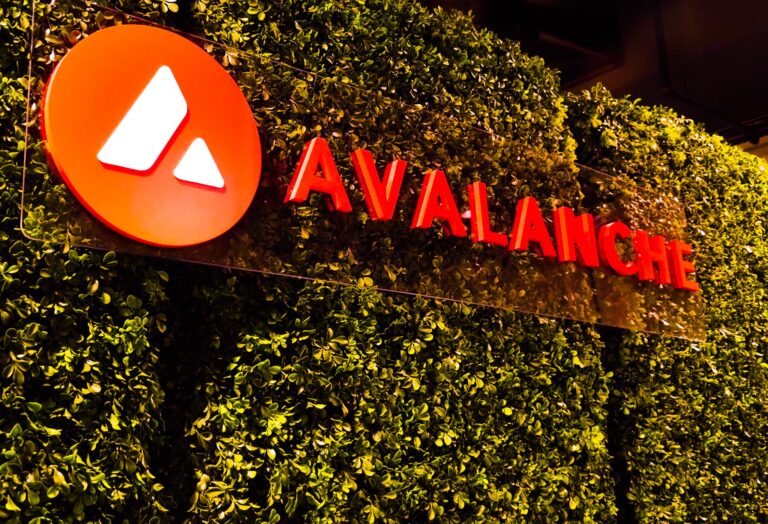
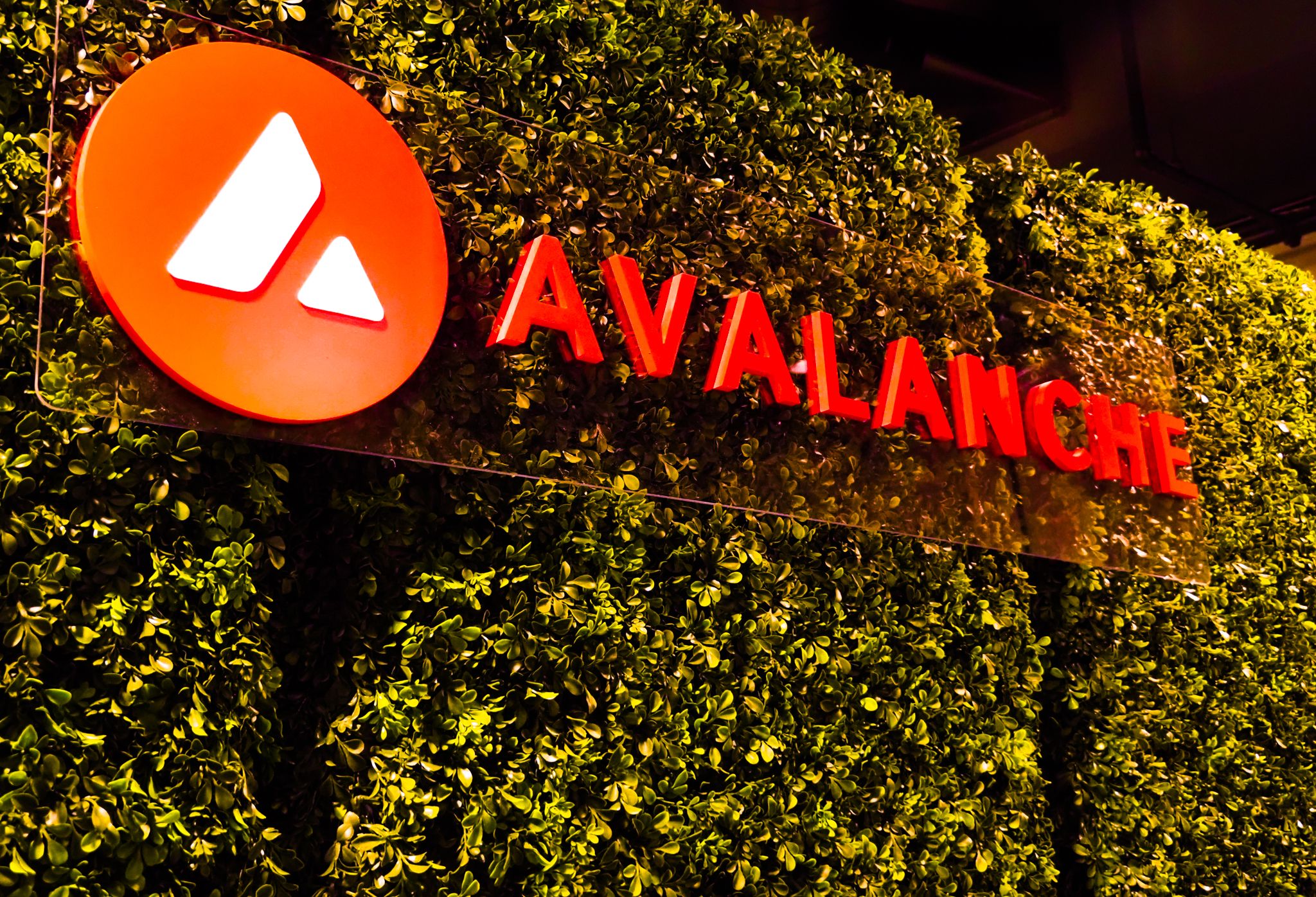
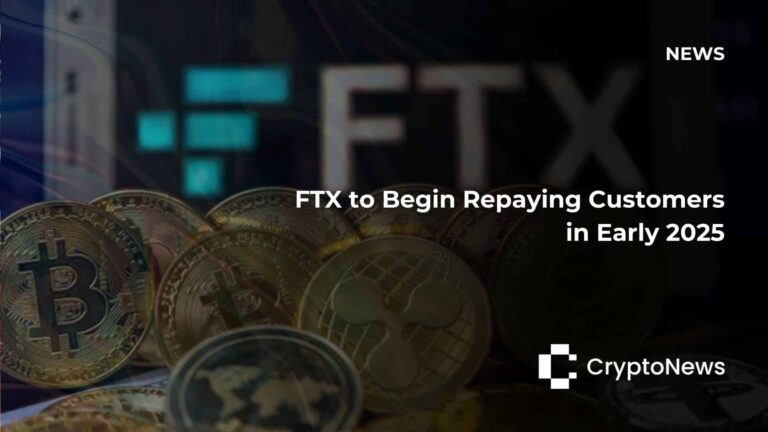
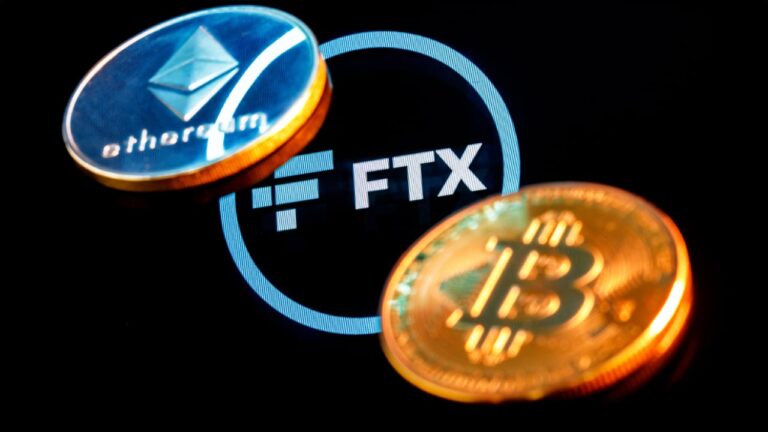
 FTX Trading Ltd. (FTX) and its affiliated debtors have locked in Jan. 3, 2025, as the kickoff day for their court-endorsed Chapter 11 Reorganization Plan. FTX Creditor Distribution Is Coming Soon According to the press release, this date will also act as the debut distribution record for creditors within the plan’s convenience categories. In the […]
FTX Trading Ltd. (FTX) and its affiliated debtors have locked in Jan. 3, 2025, as the kickoff day for their court-endorsed Chapter 11 Reorganization Plan. FTX Creditor Distribution Is Coming Soon According to the press release, this date will also act as the debut distribution record for creditors within the plan’s convenience categories. In the […]